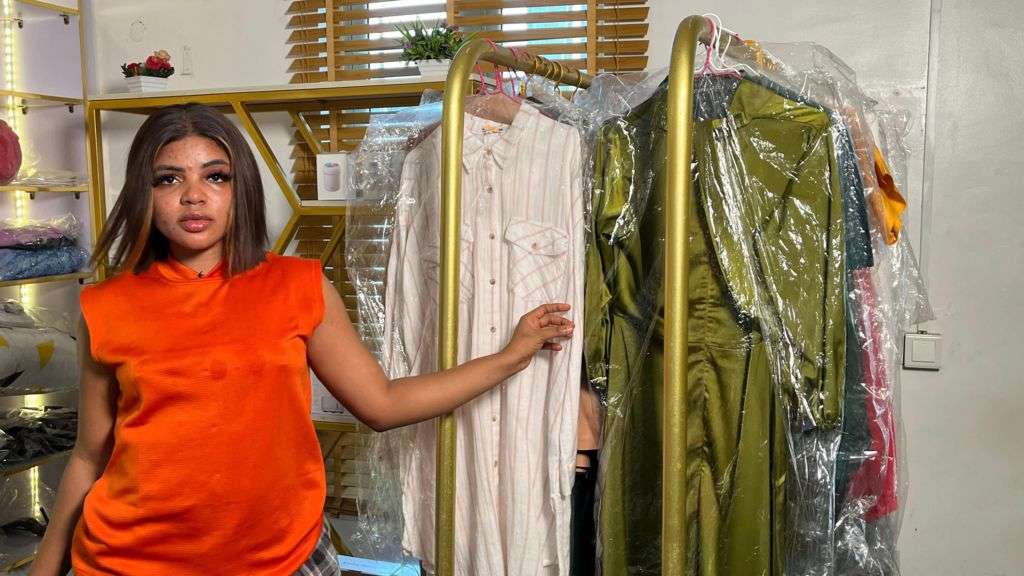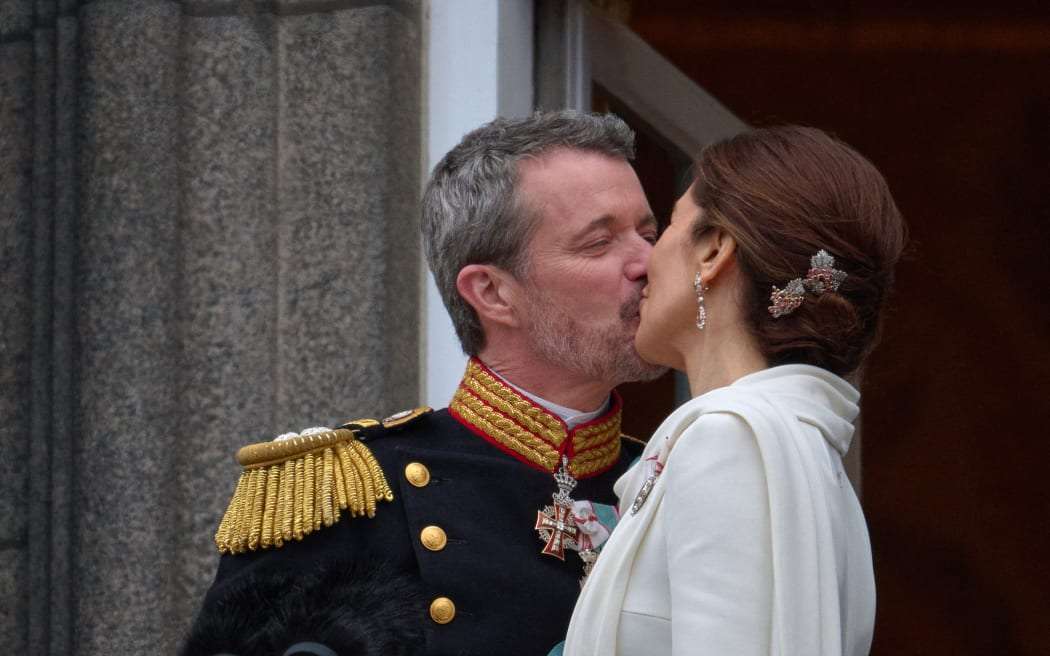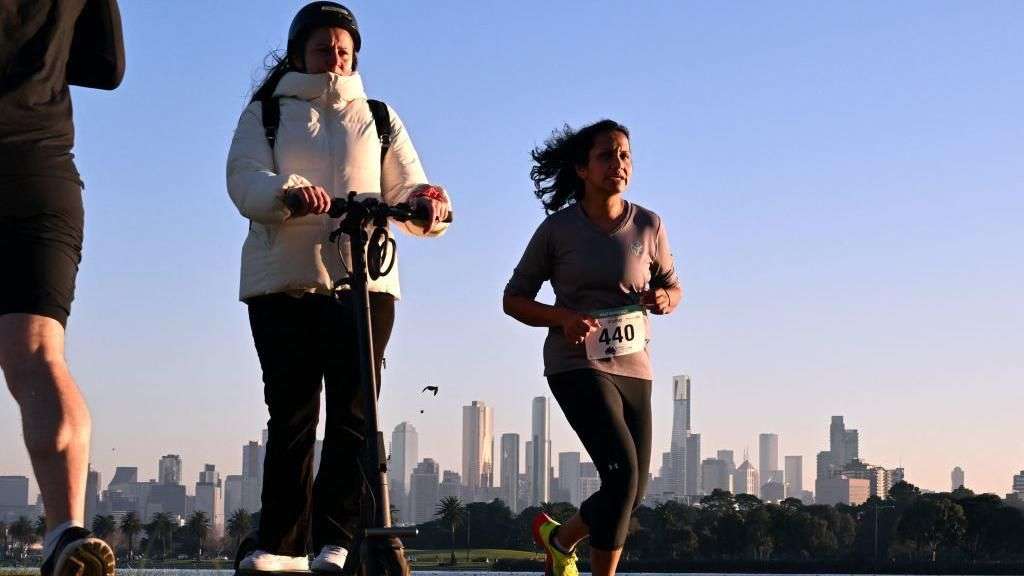Lethal exchanges of gunfire between smugglers and fatal car crashes have made the migrant route through the Western Balkans into the EU even more treacherous in recent months. And yet the number of arrivals keeps rising.
A gun battle between rival gangs last week left at least three people dead, believed to be Afghans. The shootings took place in derelict Serbian farm buildings a few hundred metres from the Hungarian border fence.
Police blame growing violence on a turf war between Moroccan, Afghan and Syrian gangs who control access to the border fence on Hungary's southern border with Serbia.
Residents of the Serbian border villages of Horgos and Hajdukovo as well as the city of Subotica have appealed to police to restore calm. Some accuse police on both sides of the border of colluding with the smugglers.
The Austrian and Slovak governments have protested to Hungary that so many migrants reach their borders via Hungary, despite the heavily fortified fence, daily detentions and pushbacks, and the fierce anti-migrant rhetoric of Prime Minister Viktor Orban.
"Sometimes the agents [his word for smugglers] are very cruel, very angry, and they beat us," said Sadar, a 33-year-old former Afghan army officer. "Other times they are kind, bring us food, and give us good accommodation."
I met him near a collection of derelict buildings in the scrubland on the Serbian side of the Hungarian fence. He had just arrived by bus from Pirot on the Serbia-Bulgaria border, he said, after a gruelling 25-day forced march across Bulgaria.
He had come from Istanbul, where he paid $10,000 (£8,250) for a through-ticket to Germany.
A video seen by the OceanNewsUK in Subotica shows smugglers berating and beating terrified young Afghans who tried to cross the fence without paying them. Another video shows an earlier gun battle near Subotica.
The formidable, electrified razor-wire Hungarian fence along the 175km (108-mile) border not only helps smugglers control who crosses when, but also allows them to eliminate "individual initiatives".
Young migrants used to call it "the game". Several groups would simultaneously cut through the fence at different spots knowing that most would be caught and pushed back, but a few might get through.
The game is now over.
The arrival of automatic rifles and pistols from Kosovo has added a new element of risk. In one deadly incident in July last year, in the Makova Sedmica suburb of Subotica, a 16-year-old girl was killed and seven migrants injured in a gun battle, allegedly between Moroccan and Afghan gangs.
Last Friday's shooting, near the fence at Horgos, is said to have begun when a Syrian-led gang attacked an established Afghan gang. Migrants crossing through northern Serbia are mostly Syrians and Afghans, but there are also Kurds, Pakistanis and other nationalities.
Police say the smugglers are armed, never the migrants.
"I understand the fear of local people," says Virag Gyurkovics, a Subotica-based journalist. "But the problem is that the average person doesn't make a difference between the traffickers and the refugees. Although the refugees are also victims."
"The wire has only one purpose," says local activist Vladimir Polovina. "Not to stop migration. But to have control of payments. They want every euro from every man who crosses over the border. If you have a wire, you can do that."
Back on the Hungarian side, a video compiled by the government shows men throwing ladders up against the fence, jumping down and beating police cars with long sticks. Infrared footage captured by security cameras shows men toting guns.
There's a growing cult of weapons among some of the smugglers. A video filmed in Subotica in broad daylight shows a Kalashnikov between the two front seats of a smugglers' car.
"The fence is being constantly damaged," says the head of the anti-trafficking unit of Hungarian police, Gabor Balog. "They use various power tools. They cut huge holes in the fence, hundreds of them, the size of doorways."
Another policeman describes a group of migrants being pushed through the fence at gunpoint, which appears to confirm Serbian reports of smuggler violence against those they are trying to get into Hungary.
Hungarian police say around 80 people are caught after crossing the fence every night. Many others are caught later in vehicles deep inside the country.
There are also cases of migrants being beaten by Hungarian police and "border-hunters" which have been documented by Serbian medical workers and Hungarian journalists, but they are denied by Hungarian police.
There are no numbers for those who get away, but most of those detained are pushed back through a gate in the fence near Horgos. These so-called pushbacks break international law and Hungary has been condemned for them by the European Court of Justice.
Wrecked, burnt-out cars line the roadside on the Hungarian side of the fence between the villages of Asotthalom and Morahalom. These are the vehicles used by smugglers who then got caught.
On the far side of Hungary, near the northern border with Slovakia, pieces of broken mirror and plastic lie in the grass beside the roundabout in the village of Matraverebely.
This was where a van carrying 12 migrants spun out of control and crashed during a high-speed police chase in early October on Highway 21 which runs north through the village to the Slovak border. Seven migrants were injured.
It was one of at least 20 crashes involving migrants in Hungary in the past year.
Across the border in Austria, police list 70 incidents in the eastern state of Burgenland alone, when smugglers tried to evade police controls.
Austrian police blame a new business model introduced by gang bosses. Drivers only get paid if they are successful, whereas in the past they received half their money upfront.








